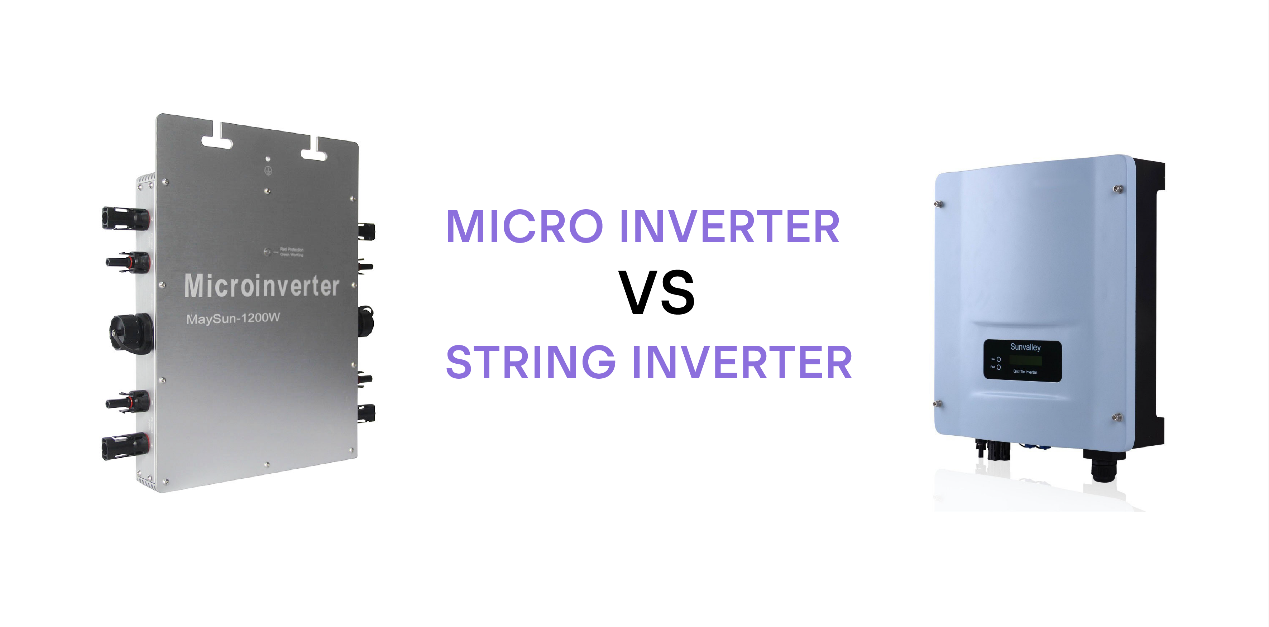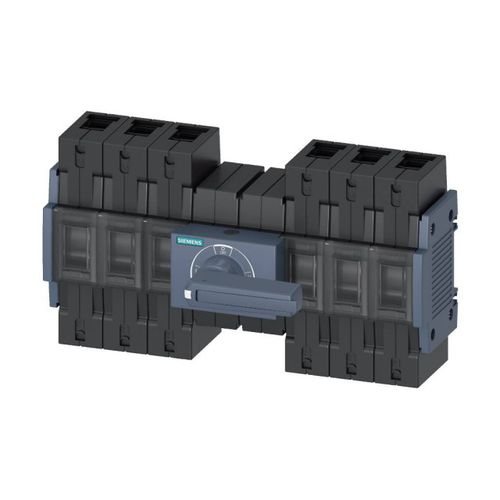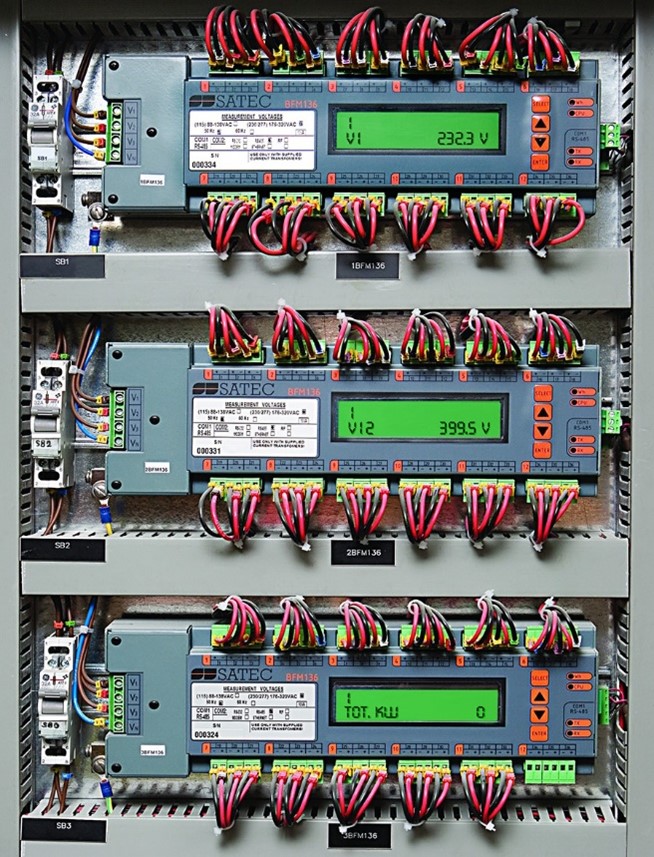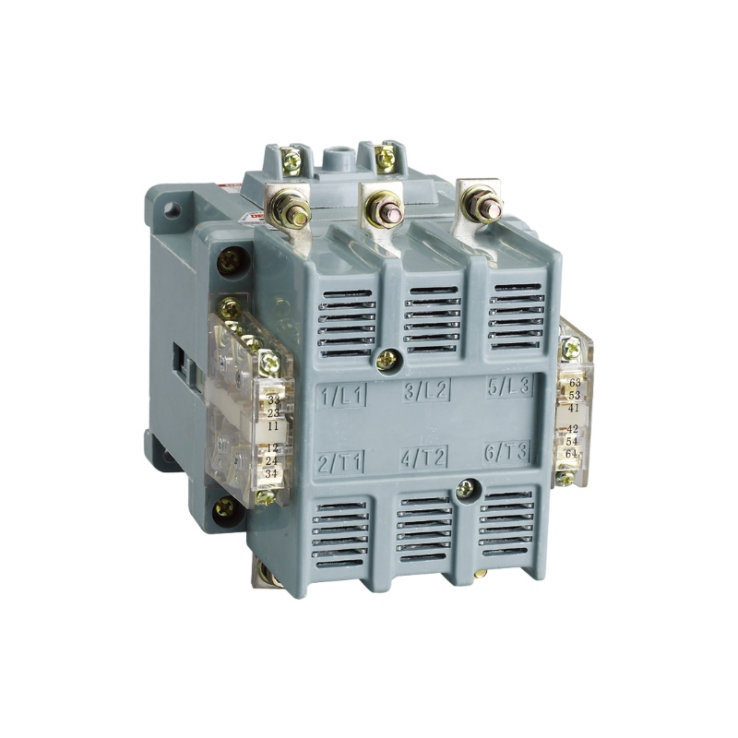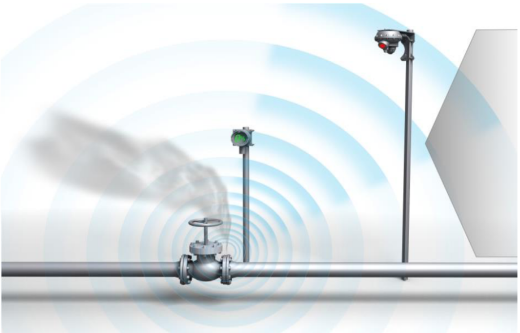Circuit breakers are critical components in industrial electrical systems. They protect electrical circuits from overcurrent, short circuits, and electrical faults by automatically disconnecting the power supply when an abnormal condition is detected. Industrial circuit breakers come in various types, each designed for specific applications, operating conditions, and voltage levels.
This guide explores the most widely used types of industrial circuit breakers, their operating principles, advantages, and typical application area.
Air Circuit Breaker (ACB)

Air circuit breakers use air as the arc extinguishing medium. When a fault occurs, the breaker contacts open and the arc formed between the contacts is cooled and extinguished in air.
Working Principle: When the contacts separate under fault conditions, an arc forms. This arc is stretched and cooled in specially designed arc chutes, which help extinguish it rapidly. ACBs are typically electromechanical devices, often with electronic trip units for better accuracy and adjustability.
Applications
- Low-voltage switchgear (typically up to 690V)
- Industrial and commercial power distribution panels
- Generator protection
Vacuum Circuit Breaker (VCB)
VCBs use a vacuum as the arc quenching medium, which provides excellent insulation and quick arc extinction with minimal contact wear.
Working Principle: When the breaker trips, the arc is formed inside a vacuum interrupter. Due to the absence of gases or ionizing materials, the arc is quickly extinguished when the current passes through zero.
Applications
- Medium-voltage systems (3.3 kV to 36 kV)
- Industrial substations, mining, and utility switchgear
SF₆ Circuit Breaker

SF₆ circuit breakers use sulfur hexafluoride (SF₆) gas for arc quenching. The gas has excellent dielectric and arc-extinguishing properties.
Working Principle: During operation, the arc is formed and then cooled by SF₆ gas, which rapidly reduces the arc temperature and de-ionizes the path, ensuring a quick interruption.
Applications
- Medium and high-voltage transmission systems
- Outdoor substations and grid interconnection points
Miniature Circuit Breaker (MCB)

MCBs are compact breakers designed to protect low-current circuits against overcurrent and short circuits.
Working Principle
MCBs use a thermal-magnetic trip mechanism:
Thermal element for overload protection
Magnetic element for short-circuit protection
Applications
- Residential and commercial buildings
- Control panels and lighting circuits
- Industrial automation systems (low-current loads)
Molded Case Circuit Breaker (MCCB)

MCCBs are designed for higher current ratings than MCBs and offer adjustable protection settings.
Working Principle: Like MCBs, MCCBs use a thermal-magnetic or electronic trip unit, but with higher interrupting capacity and advanced protection features.
Applications
- Industrial distribution panels
- Motor control centers
- Generator protection
Earth Leakage Circuit Breaker (ELCB)

ELCBs detect earth leakage currents and disconnect power to prevent electrical shock or fire hazards. Types: Voltage-operated ELCB / Current-operated ELCB.
Working Principle: Monitors the imbalance between the phase and neutral currents. If the difference exceeds a threshold (e.g., 30 mA), it trips the circuit.
Applications
- Residences
- Industrial machines with exposed conductive parts
- Hospitals and sensitive environments
Residual Current Circuit Breaker (RCCB)

RCCB is a modern type of ELCB, specifically designed to detect residual (leakage) current without relying on earth voltage.
Working Principle: Uses a toroidal transformer to sense the imbalance between phase and neutral currents. If leakage current is detected, the breaker trips.
Applications
- Residential and commercial wiring
- Bathrooms, kitchens, and wet areas
- Data centers and IT rooms
Comparison table
| Type | Voltage Range | Application Area | Arc Quenching Medium | Trip Technology | Key Advantage |
| ACB | Low voltage (≤690V) | Main switchboards | Air | Electromechanical | High interrupting capacity |
| VCB | Medium voltage | Industrial substations | Vacuum | Magnetic | Long service life |
| SF₆ CB | Medium/High voltage | Utility substations | SF₆ gas | Magnetic/Pneumatic | Compact and powerful |
| MCB | Low voltage | Lighting & control | Air (thermal-magnetic) | Thermal/Magnetic | Compact, easy to install |
| MCCB | Low to medium voltage | Distribution & motors | Air | Thermal/Electronic | Adjustable, up to 2500A |
| ELCB | Low voltage | General safety | N/A | Earth leakage | Ground fault protection |
| RCCB | Low voltage | Personal protection | N/A | Residual current | Highly sensitive leakage detection |
Conclusion
Selecting the right type of circuit breaker depends on your application, current and voltage requirements, protection needs, and environmental conditions. While ACBs, VCBs, and SF₆ breakers dominate industrial and utility applications, MCBs, MCCBs, ELCBs, and RCCBs are essential for low-voltage distribution and safety protection.
Understanding these breaker types enables electrical engineers and maintenance professionals to design safer, more efficient, and standards-compliant power systems.

